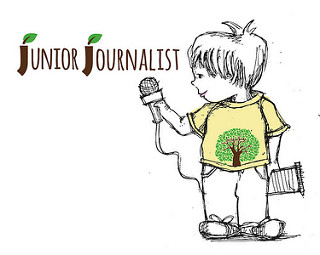![]() Pokemon GO 是一個瘋狂流行的增強現實遊戲,需要 player 在現實世界中使用 GPS跟踪和移動互聯網連接。自推出以來,這遊戲吸引了成千上萬玩家廣泛的青睞,但也同時涉及各種安全和保安問題,尤其是隱私問題,正在被大家廣泛探討,其他風險包括人身傷害,被引導到不安全的地方,甚至成為襲擊或搶劫的目標。玩家的位置也會被跟踪、儲存、並透露給附近的其他玩家,這對兒童和成人都構成極大的隱私問題。
Pokemon GO 是一個瘋狂流行的增強現實遊戲,需要 player 在現實世界中使用 GPS跟踪和移動互聯網連接。自推出以來,這遊戲吸引了成千上萬玩家廣泛的青睞,但也同時涉及各種安全和保安問題,尤其是隱私問題,正在被大家廣泛探討,其他風險包括人身傷害,被引導到不安全的地方,甚至成為襲擊或搶劫的目標。玩家的位置也會被跟踪、儲存、並透露給附近的其他玩家,這對兒童和成人都構成極大的隱私問題。
另外,玩這個遊戲需要耗費大量電,讓手機電池很快耗盡。所以全美權威兒童網路安全組織 Common Sense Media 不建議13歲以下兒童玩這個遊戲!

官方預告片鏈接 (含新功能介紹, 例如玩家間交易) :
Common Sense Media 原文 :
Parents need to know that Pokémon GO is an insanely popular augmented reality game (based on the huge franchise of video games, card games, and other media) that requires an internet connection with GPS tracking and movement in the real world. Playing the game, which appeals to a wide range of ages, involves various safety and security issues. Privacy concerns are being explored and addressed, so it’s best to consistently update to the current version and check your settings.
Other risks include physical injury due to distraction, being directed to unsafe places or onto private property, and even becoming a target for assault or robbery (all of these things have already happened to players in the real world). A player’s location is tracked, stored, and revealed to nearby players, including both children and adults. The game requires a large amount of power and drains phone batteries quickly. Its privacy policy indicates that user information — including name, email, age, and location — is collected; parents of children under 13 must confirm their child’s account or contact the Pokémon Company International to refuse the company access to this information (this, plus the other risks, is the reason for our age rating). The privacy policy was updated July 1, and a disclaimer at the start indicates it could change further at any time.
The Pokémon franchise has always been about two things: collecting fanciful creatures and making them fight each other. POKÉMON GO builds on this, using augmented reality to bring these challenges into the real world. Players take on the role of a young Pokémon trainer and collect various Pokémon (more than 150) in real locations by walking, biking, driving, and so on. GPS tracking follows you around a map that simulates real-world locations in real time (so long as your internet connection is strong enough), where you encounter map icons that show where you can catch wild Pokémon, gather resources, and visit training gyms. The more ground you cover, the bigger your collection and the more energy you have. Once you reach a high enough level, you can join a team and pit your Pokémon against those of rival trainers.
Still, there’s something magical about the social phenomenon and immediate point of connection with other players: Everywhere you go — in libraries, at the grocery store, on the street — people are playing Pokémon GO and approaching each other, smiling and talking enthusiastically about their collections, strategies, and levels. This positive reception indicates players’ willingness to overlook the game’s imperfections, as well as the stories of distracted players getting hurt, lost, or robbed. And though it could be difficult to watch your back and your step while you play, it’s cool to catch wild Charmanders and Geodudes in the real world. Because it’s such a mixed bag, parents need to weigh the costs and benefits of a highly social, active game such as this, determine whether it’s right for their family, and figure out what rules and limits need to be set before kids start to play.
家長可以和孩子探討的話題~~~
- 與孩子談論如何在使用屏幕遊戲和其他活動之間找到平衡點
- 應用程序/遊戲公司為什麼要收集用戶的數據?你覺得他們這樣做對嗎?
- 為什麼你認為這個遊戲如此受歡迎?從什麼它能從其他遊戲中脫穎而出?它為什麼吸引如此廣泛的玩家?






